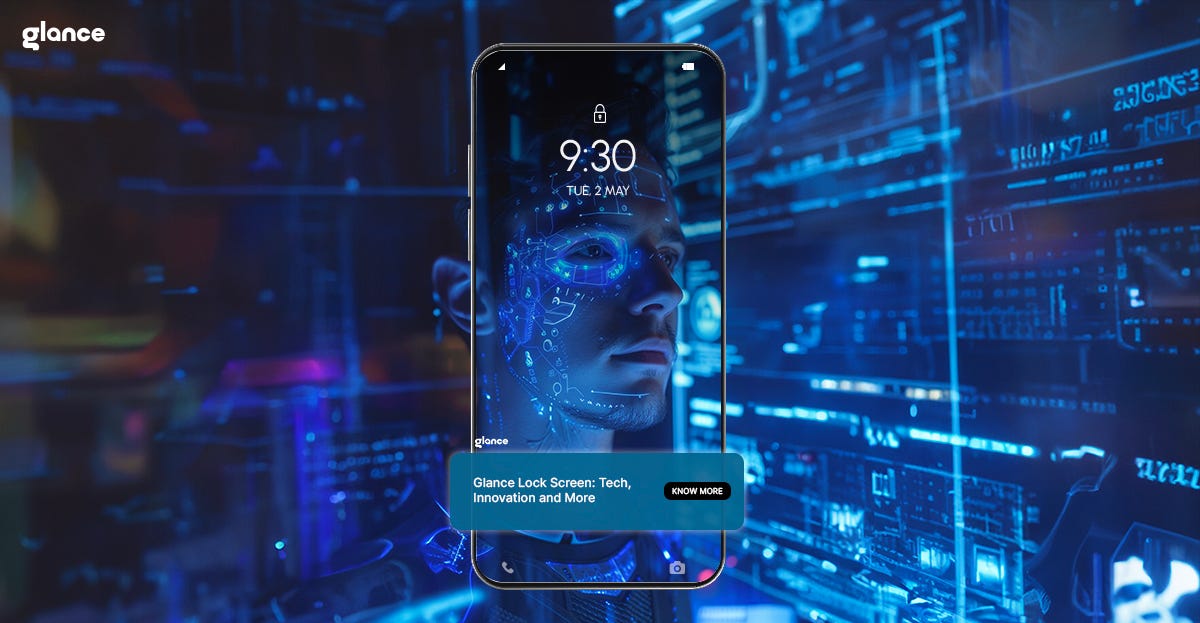Your Guide To What is Generative AI

Generative AI is a branch of artificial intelligence that creates new content by learning patterns from existing data. Unlike traditional AI, which classifies or analyzes data, this technology generates entirely new outputs, such as text, images, music, and code. Think of it as a digital artist or writer that produces content based on learned patterns.
How Does It Work?
It relies on deep learning models like Generative Adversarial Networks (GANs) and transformer-based models. Here’s how it works:
Data Collection
AI is trained on vast datasets, ranging from text and images to music and code.
Pattern Learning
Using neural networks, AI identifies structures and styles in the data.
Content Generation
Once trained, it can create new, original content mimicking the learned patterns.
Traditional AI vs Generative AI Applications
Traditional AI focuses on data analysis, classification, and prediction, producing outputs like labels and forecasts using supervised learning. In contrast, this AI specializes in content creation, generating text, images, music, and code through unsupervised or self-supervised learning. Examples of traditional AI include spam filters and recommendation systems, whereas this AI powers tools like ChatGPT for text and GANs for images.
Applications
This AI-driven innovation is revolutionizing multiple industries. Here are some of its most impactful applications:
Content Creation
Generates blog posts, articles, and even poetry, helping writers and marketers.
Art & Design
Produces digital paintings, fashion designs, and creative visual content.
Music Composition
Creates original soundtracks and helps musicians experiment with new styles.
Code Generation
Assists developers by generating code, debugging, and even building applications.
Chatbots & Virtual Assistants
Enhances conversational AI, making interactions more natural and engaging.
How to Use It
To start using AI-powered tools, explore platforms like ChatGPT, Gemini, GitHub Copilot, and others. Identify your goal — whether it’s writing, coding, or generating images — and select the best tool. Experimenting with different input prompts will help you unlock AI’s full potential.
Impact on Daily Life
AI is already making life easier and more efficient:
Banking
Speeds up transactions, loan approvals, and fraud detection.
Shopping
Provides personalized recommendations, reducing search time.
News & Information
Customizes content based on interests, improving user experience.
Healthcare
Aids in diagnosis, treatment planning, and patient care.
Education
Offers adaptive learning tools for better knowledge retention.
Customer Service
Reduces wait times through AI-powered chatbots.
Work Efficiency
Automates repetitive tasks, allowing more focus on strategic work.
The Future
The market for AI-generated content is projected to exceed $200 billion by 2030. Expect more advancements in:
Integration
AI-powered tools will be embedded into everyday applications.
Ethical Generative AI Development
Frameworks will be established to ensure responsible AI use.
Broader Applications
AI will expand into gaming, immersive education, and emotional intelligence.

Comments
Post a Comment